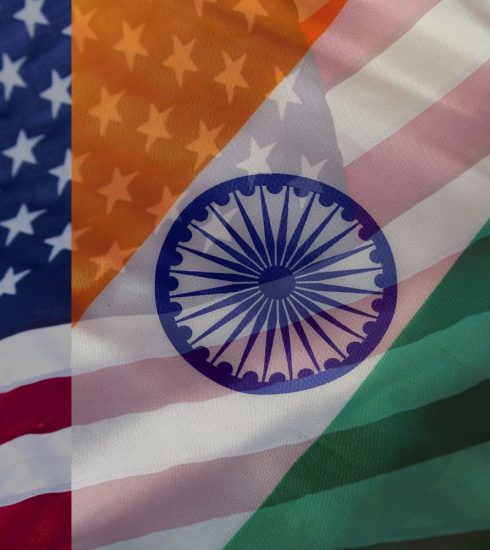The Baloch Long March: A Defining Moment for Rights and Recognition in Pakistan
Introduction
In the complex tapestry of Pakistan’s socio-political landscape, the Baloch Long March stands out as a poignant testament to the ongoing struggle for human rights and political recognition. This march, symbolizing the Baloch community’s quest for justice and accountability, unfolded in December 2023 and shed light on deeper, systemic issues within Pakistani society. It serves not only as a critical reflection of the current state of affairs in Balochistan but also as a mirror to the broader challenges of governance, human rights, and ethnic relations in Pakistan.
The March and its Significance
Commencing on December 6, 2023, from southern Balochistan, the Baloch Long March, led primarily by women, was a peaceful protest aimed at drawing attention to alleged extrajudicial killings and enforced disappearances in the region. The march traversed various regions, garnering support and solidarity from different communities, indicating a widespread recognition of their plight. However, upon reaching Islamabad, the protesters faced formidable opposition from the authorities. The police, deploying roadblocks and restrictions, effectively barred the protesters from reaching their destination, the National Press Club.
Despite these challenges, the protesters, undaunted, staged a sit-in near Islamabad Chowk. Their resilience was met with a heavy-handed response from the police, including baton charges and the use of water cannons. This crackdown drew condemnation from international human rights organizations, which called for an immediate investigation into the alleged human rights violations and the release of detained protesters.
Government Response
In the wake of these events, the caretaker Prime Minister Anwaar-ul-Haq Kakar intervened by forming a committee to engage in dialogue with the protesters. This initiative led to meetings between government representatives and the protesters, aiming for a peaceful and just resolution. These talks were marked by a spirit of open dialogue and mutual respect, with both sides demonstrating a commitment to finding a resolution to the issues raised by the Balochistan protesters.
Conclusion
The Baloch Long March is more than just a protest; it is a manifestation of the deep-seated grievances and demands for justice from a marginalized community in Pakistan. It highlights the need for greater attention to human rights, fair governance, and the recognition of ethnic minorities’ concerns. The march’s outcomes and the government’s response will be pivotal in shaping the future of not only Balochistan but also the broader landscape of ethnic relations and democratic values in Pakistan. The resolution of such conflicts and the integration of these demands into the national discourse are essential for the country’s journey towards a more inclusive, just, and democratic society






